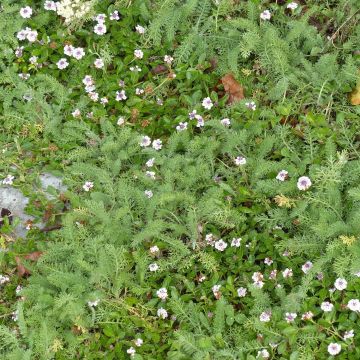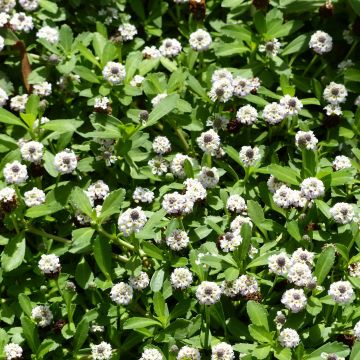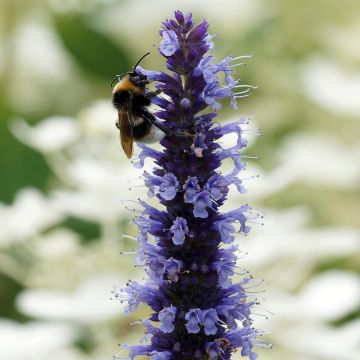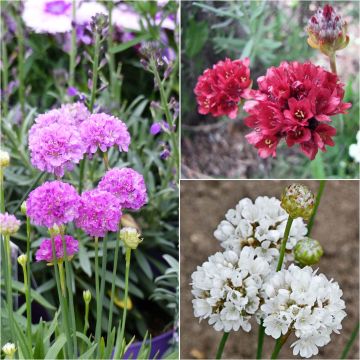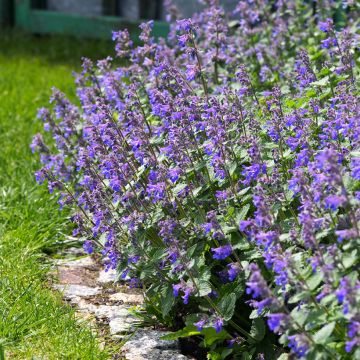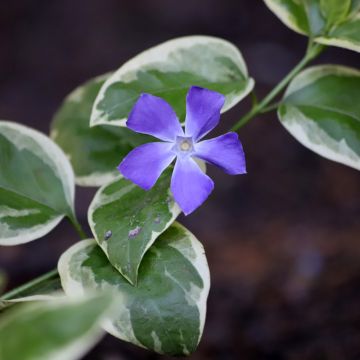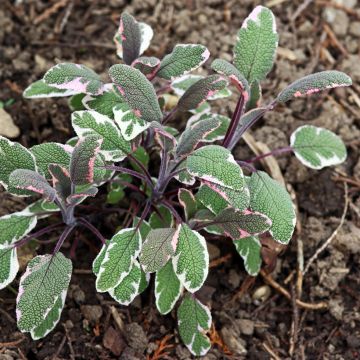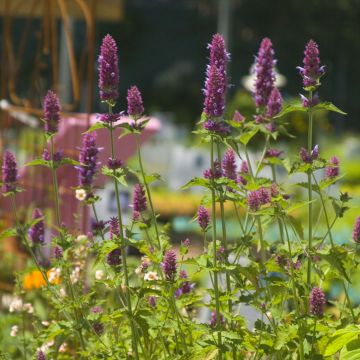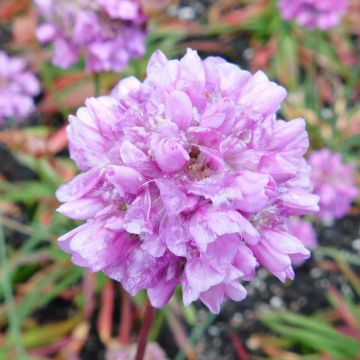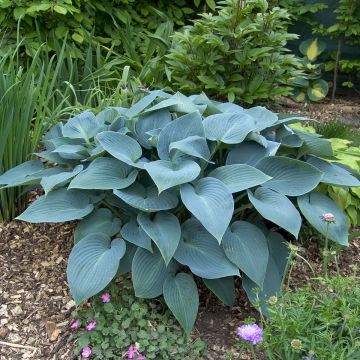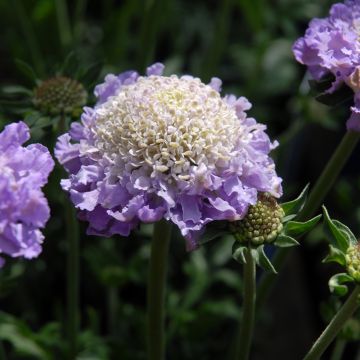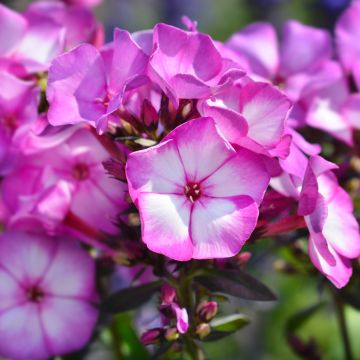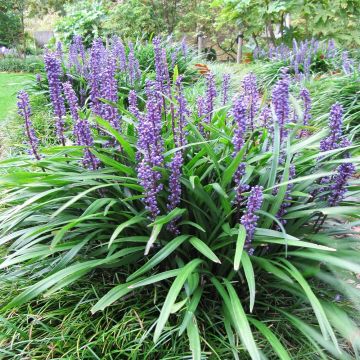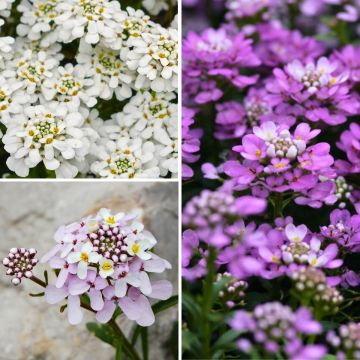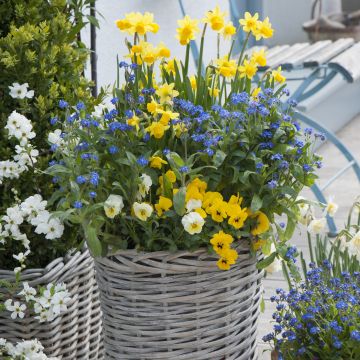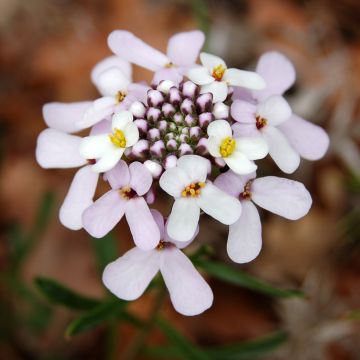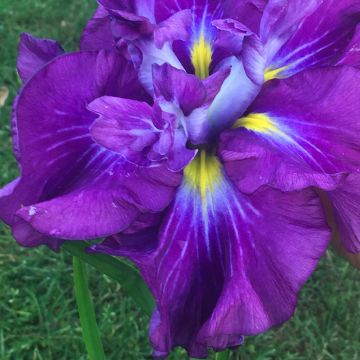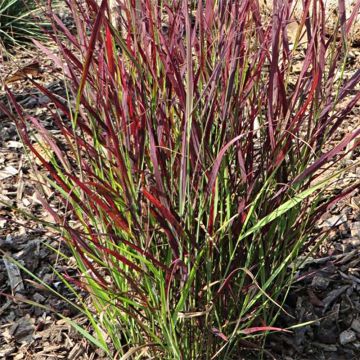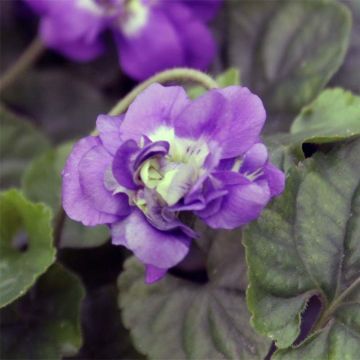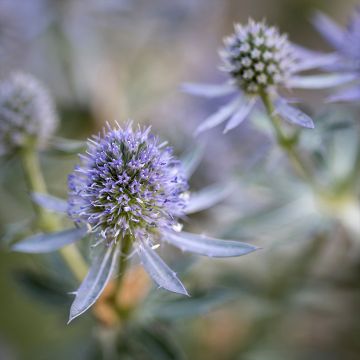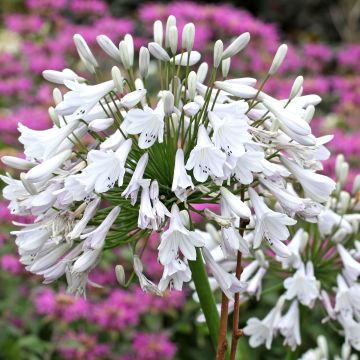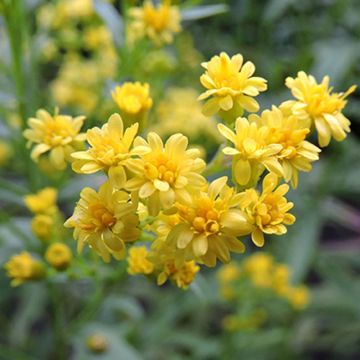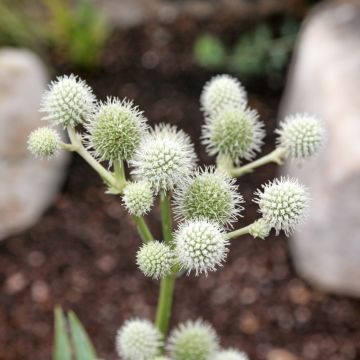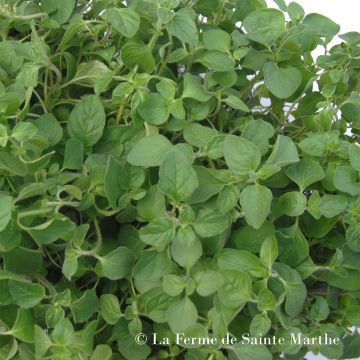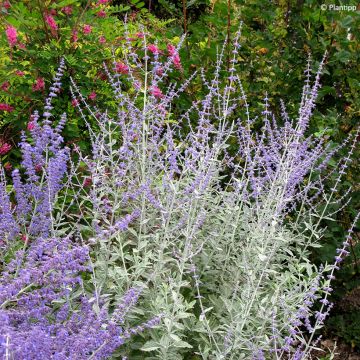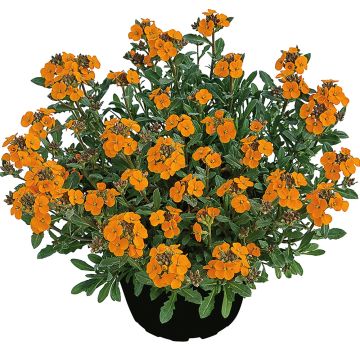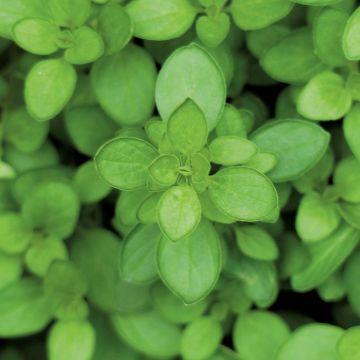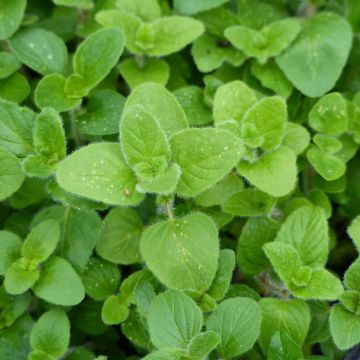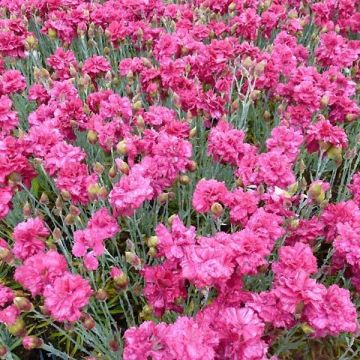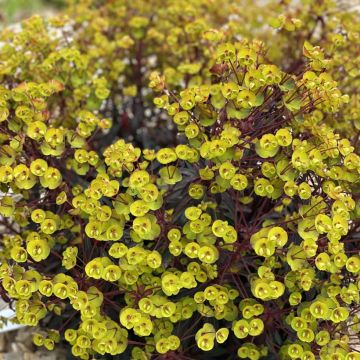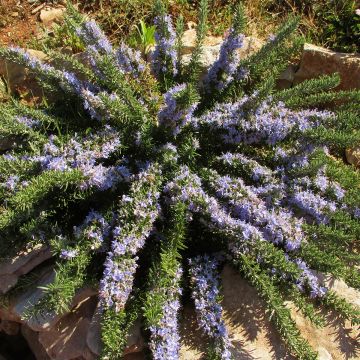Shipping country and language
Your country of residence may be:
Your country of residence is:
For a better user experience on our website, you can select:
Your shipping country:
Andorra
Austria
Belgium
Bulgaria
Canada
Chile
Croatia
Cyprus
Czechia
Denmark
Estonia
Finland
France
Germany
Greece
Hungary
Iceland
Ireland
Italy
Latvia
Lithuania
Luxembourg
Malta
Monaco
Netherlands
Poland
Portugal
Romania
Slovakia
Slovenia
Spain
Sweden
Switzerland
United Kingdom
We only deliver seed and bulb products to your country. If you add other products to your basket, they cannot be shipped.
Language:
French
German
Spanish
English
My Account
Hello
My wish lists
Plantfit
Log in / Register
Existing customer?
New customer?
Create an account to track your orders, access our customer service and, if you wish, make the most of our upcoming offers.
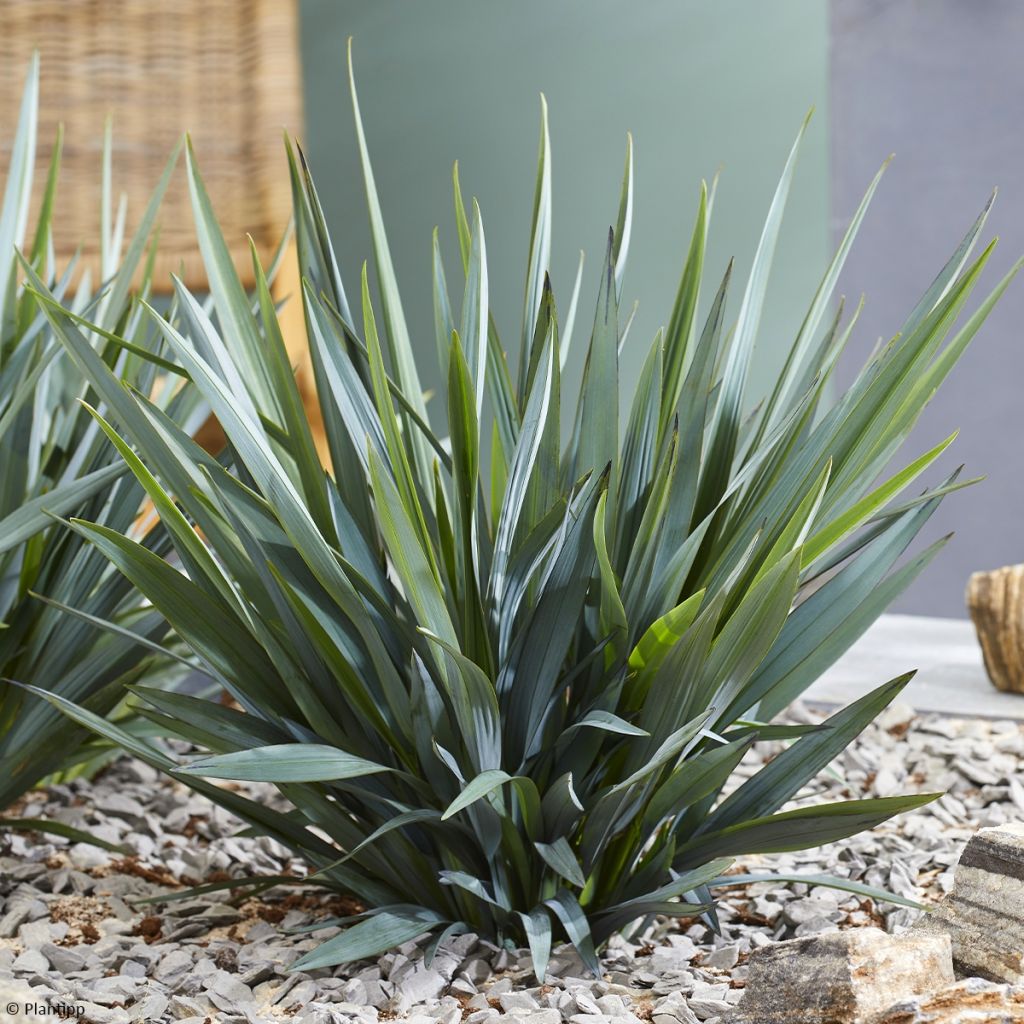

Dianella Blue Ripple
Dianella Blue Ripple
Dianella prunina x revoluta Blue Ripple 'DIA8003(D51)'
Dianella
Why not try an alternative variety in stock?
View all →Order in the next for dispatch today!
Dispatch by letter from €3.90.
Delivery charge from €5.90 Oversize package delivery charge from €6.90.
More information
This item is not available in your country.
Schedule delivery date,
and select date in basket
This plant carries a 12 months recovery warranty
More information
We guarantee the quality of our plants for a full growing cycle, and will replace at our expense any plant that fails to recover under normal climatic and planting conditions.
Does this plant fit my garden?
Set up your Plantfit profile →
Description
Dianella 'Blue Ripple' is an architectural and on-trend Australian perennial, related to phormiums but much more compact. It forms a vertical tuft of evergreen, green-grey-blue leaves with beautiful miniature, purplish blue lily-flowers in early summer, followed by small berries of the same colour. It is a delightful specimen in mild gardens and will well wonders in a contemporary, urban, or terrace setting. Its is not difficult to grow but heavy, permanently wet and/or limestone soils must be avoided.
Dianella are relatively unknown, rhizomatous perennials in the Phormiaceae family, just like their cousins the Phormiums. Native to the southern hemisphere, they have a cold resistance similar to that of their cousins. Dianella revoluta is native to the sparsely forested areas of a vast zone along the entire south coast of Australia. It is an adaptable and robust species, but it only thrives on non-limestone soil, i.e. peaty, sandy, humiferous or schistose. Its hardiness is around -7°C (19.4°F) at the lowest when mature, for a short duration and in very well-drained soil. It is very long-lasting and capable of forming large colonies where it is happy and is perfectly resistant to dry summers.
'Blue Ripple' is a cultivar discovered in 1996 in Clarendon, New South Wales, Australia. It distinguishes itself from the wild species by its beautiful bluish colour and its small size, well-suited to the size of our gardens and pot culture. From underground rhizomes, it forms tufts not exceeding 40 cm (16in) high for the foliage, slowly spreading over at least 50 cm (20in) on the ground. The long leaves are tough, linear, smooth and erect with rolled edges. They are a very soft, light green on the upper surface, but intermediate between green, grey, and blue on the lower surface, which is more visible. Flowering takes place from May to July when stiff floral stems rise from the foliage to 1m (3ft) above the ground, bearing panicles branched several times. The flowers open one after the other, over a long period. Each 1.5 to 2 cm (1in) diameter flower, consists of 6 reflexed, purplish petals surrounding 6 golden yellow stamens. After being pollinated by insects, it produces small round, 0.5 to 1 cm (0in) diameter, purplish-blue fruits containing 3 to 4 seeds. The fruits remain decorative on the plant for a long time.
The 'Blue Ripple' Dianella will not disappoint as long as it benefits from mild winter temperatures and has an acidic, not too rich, and properly drained substrate. In a contemporary-style garden, it can be planted en masse along a pathway, even in partial shade. In a more exotic setting, it will accompany agapanthus, Anigozanthos, bulbines, Tulbaghia, Carex comans Bronze... It is a beautiful plant to adorn the terrace or balcony, in pretty containers with modern lines that can be placed in strategic locations.
Flowering
Foliage
Plant habit
Safety measures
Botanical data
Dianella
prunina x revoluta
Blue Ripple 'DIA8003(D51)'
Liliaceae
Dianella
Cultivar or hybrid
ingestion
Cette plante est toxique si elle est ingérée volontairement ou involontairement.
Ne la plantez pas là où de jeunes enfants peuvent évoluer, et lavez-vous les mains après l'avoir manipulée.
Pensez à conserver l'étiquette de la plante, à la photographier ou à noter son nom, afin de faciliter le travail des professionnels de santé.
Davantage d'informations sur https://plantes-risque.info
Other Perennials A to Z
Planting and care
Plant Dianella revoluta Blue Ripple in acidic, light, well-drained soil, free of limestone. Once well established, it tolerates dry summers very well and withstands short freezes of around -7°C (19.4°F). If these conditions are met, it requires very little maintenance and lives for many years in the garden. Prune to 10 cm (4in) from the ground every 2 or 3 years to promote young, lighter foliage. It is possible to grow it in pots in a non-limestone and well-drained substrate (a mix of ericaceous soil, potting soil, sand, and garden soil). Water regularly, preferably with non-limestone water, and apply a bit of balanced fertiliser.
Planting period
Intended location
Care
This item has not been reviewed yet - be the first to leave a review about it.
Mediterranean perennials
Haven't found what you were looking for?
Hardiness is the lowest winter temperature a plant can endure without suffering serious damage or even dying. However, hardiness is affected by location (a sheltered area, such as a patio), protection (winter cover) and soil type (hardiness is improved by well-drained soil).

Photo Sharing Terms & Conditions
In order to encourage gardeners to interact and share their experiences, Promesse de fleurs offers various media enabling content to be uploaded onto its Site - in particular via the ‘Photo sharing’ module.
The User agrees to refrain from:
- Posting any content that is illegal, prejudicial, insulting, racist, inciteful to hatred, revisionist, contrary to public decency, that infringes on privacy or on the privacy rights of third parties, in particular the publicity rights of persons and goods, intellectual property rights, or the right to privacy.
- Submitting content on behalf of a third party;
- Impersonate the identity of a third party and/or publish any personal information about a third party;
In general, the User undertakes to refrain from any unethical behaviour.
All Content (in particular text, comments, files, images, photos, videos, creative works, etc.), which may be subject to property or intellectual property rights, image or other private rights, shall remain the property of the User, subject to the limited rights granted by the terms of the licence granted by Promesse de fleurs as stated below. Users are at liberty to publish or not to publish such Content on the Site, notably via the ‘Photo Sharing’ facility, and accept that this Content shall be made public and freely accessible, notably on the Internet.
Users further acknowledge, undertake to have ,and guarantee that they hold all necessary rights and permissions to publish such material on the Site, in particular with regard to the legislation in force pertaining to any privacy, property, intellectual property, image, or contractual rights, or rights of any other nature. By publishing such Content on the Site, Users acknowledge accepting full liability as publishers of the Content within the meaning of the law, and grant Promesse de fleurs, free of charge, an inclusive, worldwide licence for the said Content for the entire duration of its publication, including all reproduction, representation, up/downloading, displaying, performing, transmission, and storage rights.
Users also grant permission for their name to be linked to the Content and accept that this link may not always be made available.
By engaging in posting material, Users consent to their Content becoming automatically accessible on the Internet, in particular on other sites and/or blogs and/or web pages of the Promesse de fleurs site, including in particular social pages and the Promesse de fleurs catalogue.
Users may secure the removal of entrusted content free of charge by issuing a simple request via our contact form.
The flowering period indicated on our website applies to countries and regions located in USDA zone 8 (France, the United Kingdom, Ireland, the Netherlands, etc.)
It will vary according to where you live:
- In zones 9 to 10 (Italy, Spain, Greece, etc.), flowering will occur about 2 to 4 weeks earlier.
- In zones 6 to 7 (Germany, Poland, Slovenia, and lower mountainous regions), flowering will be delayed by 2 to 3 weeks.
- In zone 5 (Central Europe, Scandinavia), blooming will be delayed by 3 to 5 weeks.
In temperate climates, pruning of spring-flowering shrubs (forsythia, spireas, etc.) should be done just after flowering.
Pruning of summer-flowering shrubs (Indian Lilac, Perovskia, etc.) can be done in winter or spring.
In cold regions as well as with frost-sensitive plants, avoid pruning too early when severe frosts may still occur.
The planting period indicated on our website applies to countries and regions located in USDA zone 8 (France, United Kingdom, Ireland, Netherlands).
It will vary according to where you live:
- In Mediterranean zones (Marseille, Madrid, Milan, etc.), autumn and winter are the best planting periods.
- In continental zones (Strasbourg, Munich, Vienna, etc.), delay planting by 2 to 3 weeks in spring and bring it forward by 2 to 4 weeks in autumn.
- In mountainous regions (the Alps, Pyrenees, Carpathians, etc.), it is best to plant in late spring (May-June) or late summer (August-September).
The harvesting period indicated on our website applies to countries and regions in USDA zone 8 (France, England, Ireland, the Netherlands).
In colder areas (Scandinavia, Poland, Austria...) fruit and vegetable harvests are likely to be delayed by 3-4 weeks.
In warmer areas (Italy, Spain, Greece, etc.), harvesting will probably take place earlier, depending on weather conditions.
The sowing periods indicated on our website apply to countries and regions within USDA Zone 8 (France, UK, Ireland, Netherlands).
In colder areas (Scandinavia, Poland, Austria...), delay any outdoor sowing by 3-4 weeks, or sow under glass.
In warmer climes (Italy, Spain, Greece, etc.), bring outdoor sowing forward by a few weeks.
